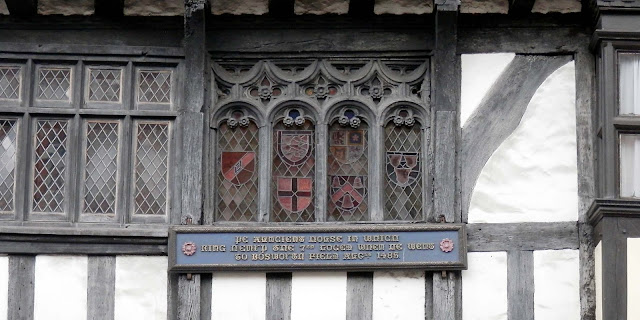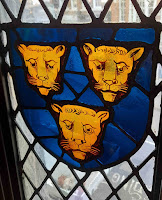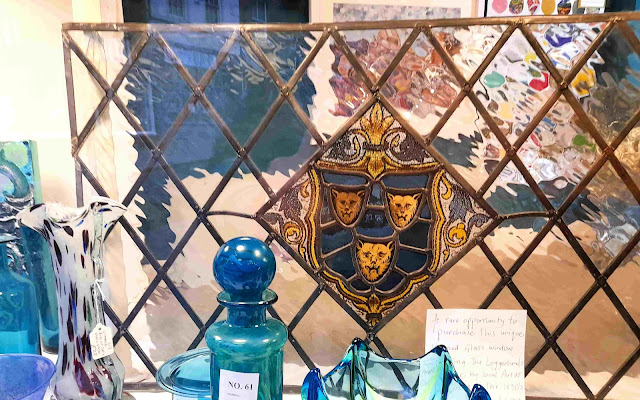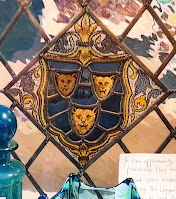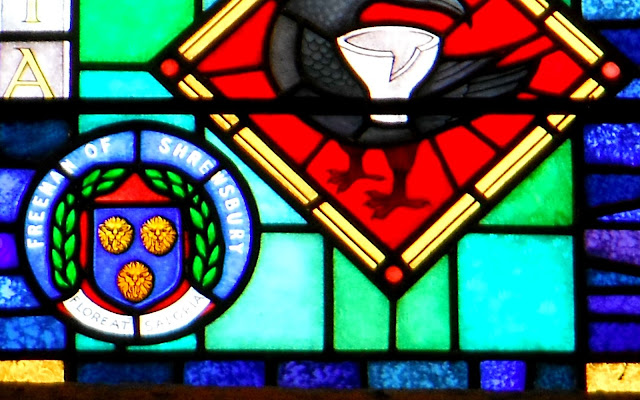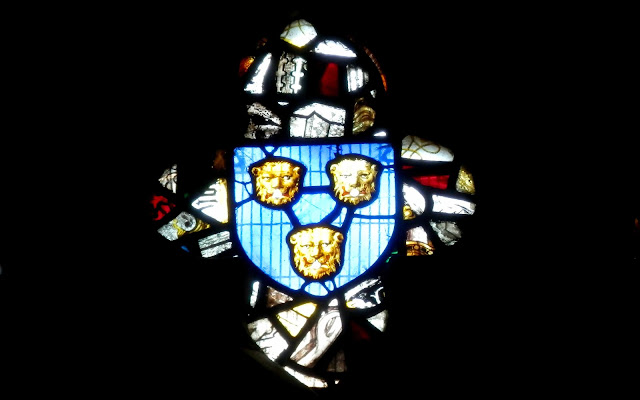First, Oxton is in the Catholic Diocese of Shrewsbury, even though it is a good few miles from the actual town of Shrewsbury.
Secondly, the main body of the window (which is a really lovely work of art) depicts Saint Winefride, who is the patron saint of Shrewsbury, even though she lived in North Wales.
The window was created by a Shrewsbury woman, Margaret Agnes Rope, in 1929 and is one of a number of windows by her in this small church. All her windows here are sublime and well worth the effort to go and see them if you can.
A new book has now been published to celebrate 600 years of the loggerheads - click here to find out more.
+
To comment on this post, just use the Comments field down this page or email us direct.
To
get an email alert into your inbox every time we make a new post (about
once a week), just click 'Subscribe & Follow' (at the top of the
column to the right on this page) and just fill in the form







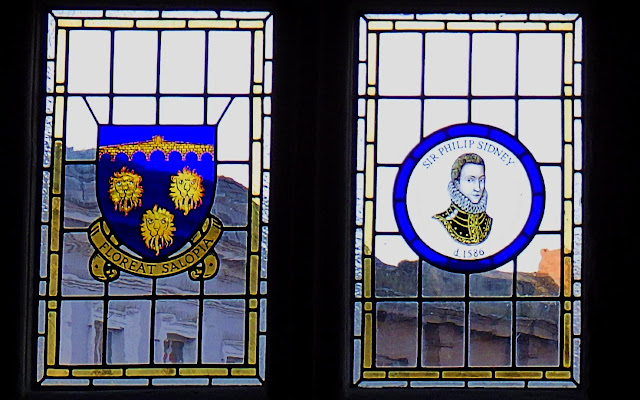

.jpg)
